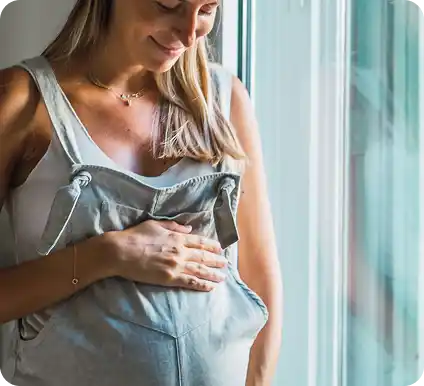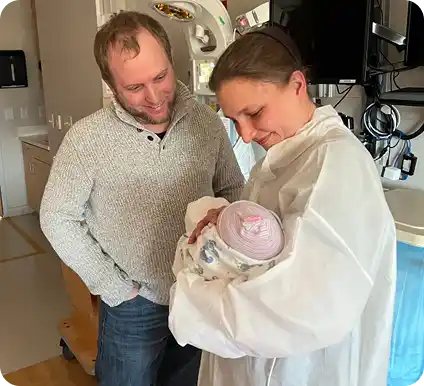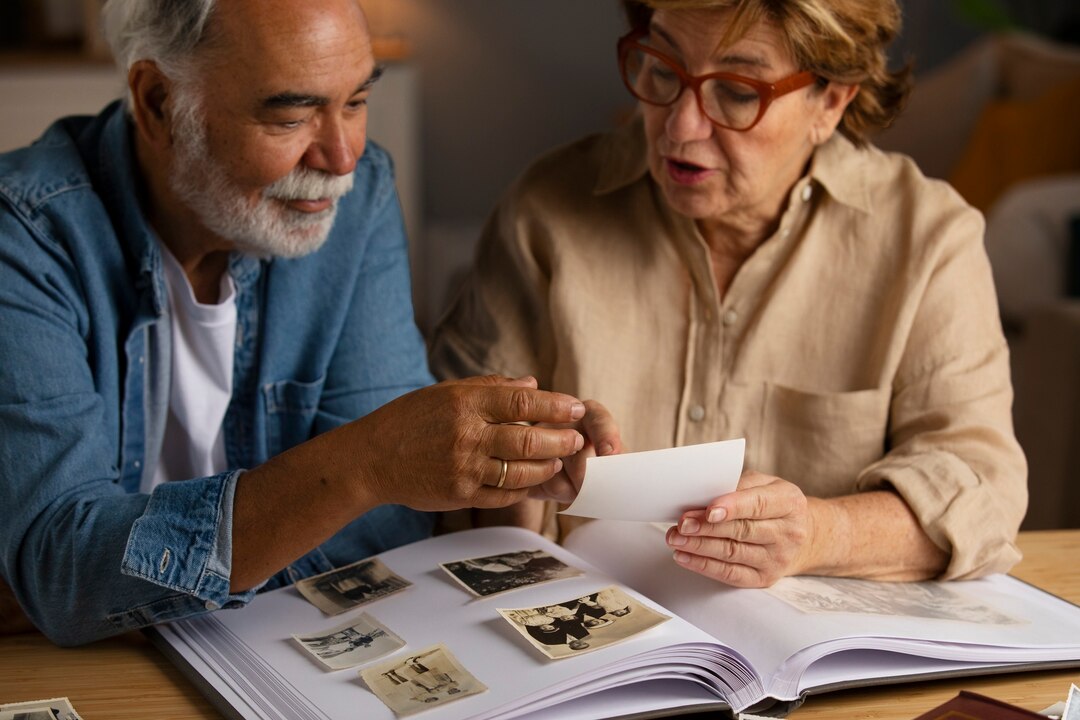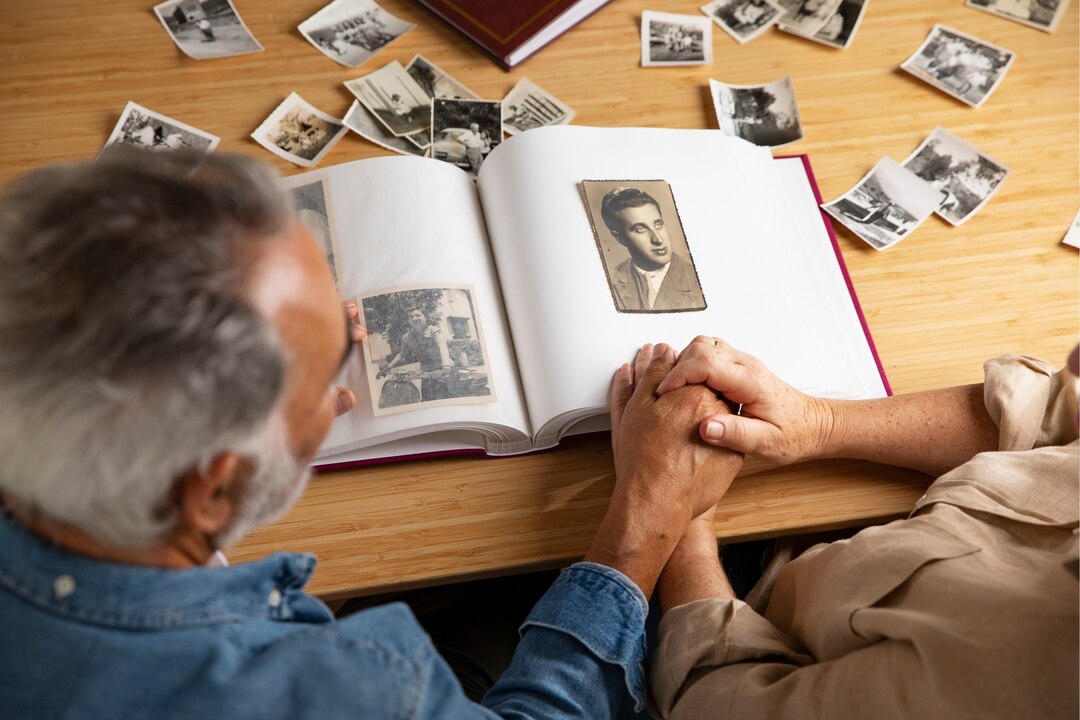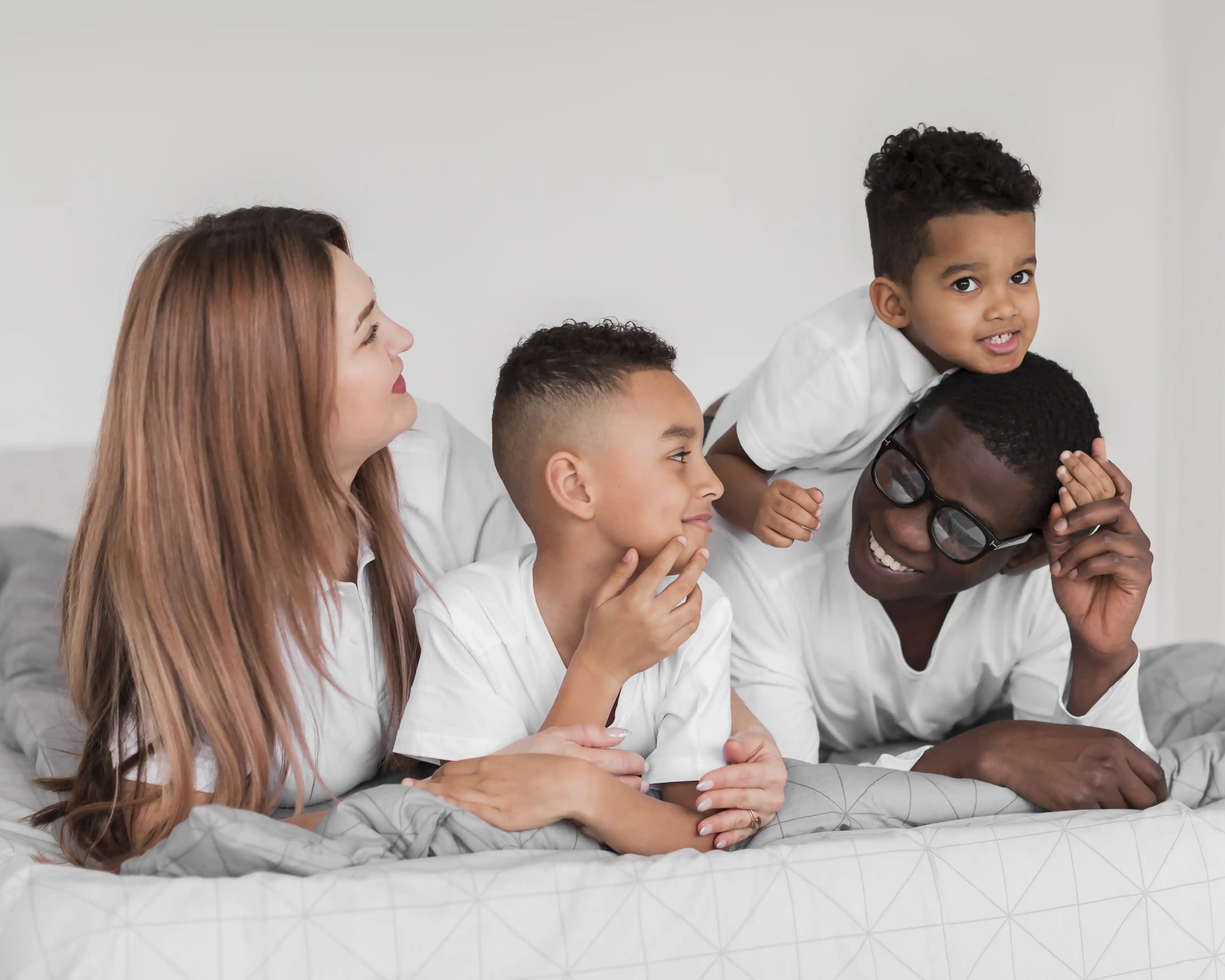Adoption After Infant Loss: Building a Family Through Faith, Finances, and 9 Attempts
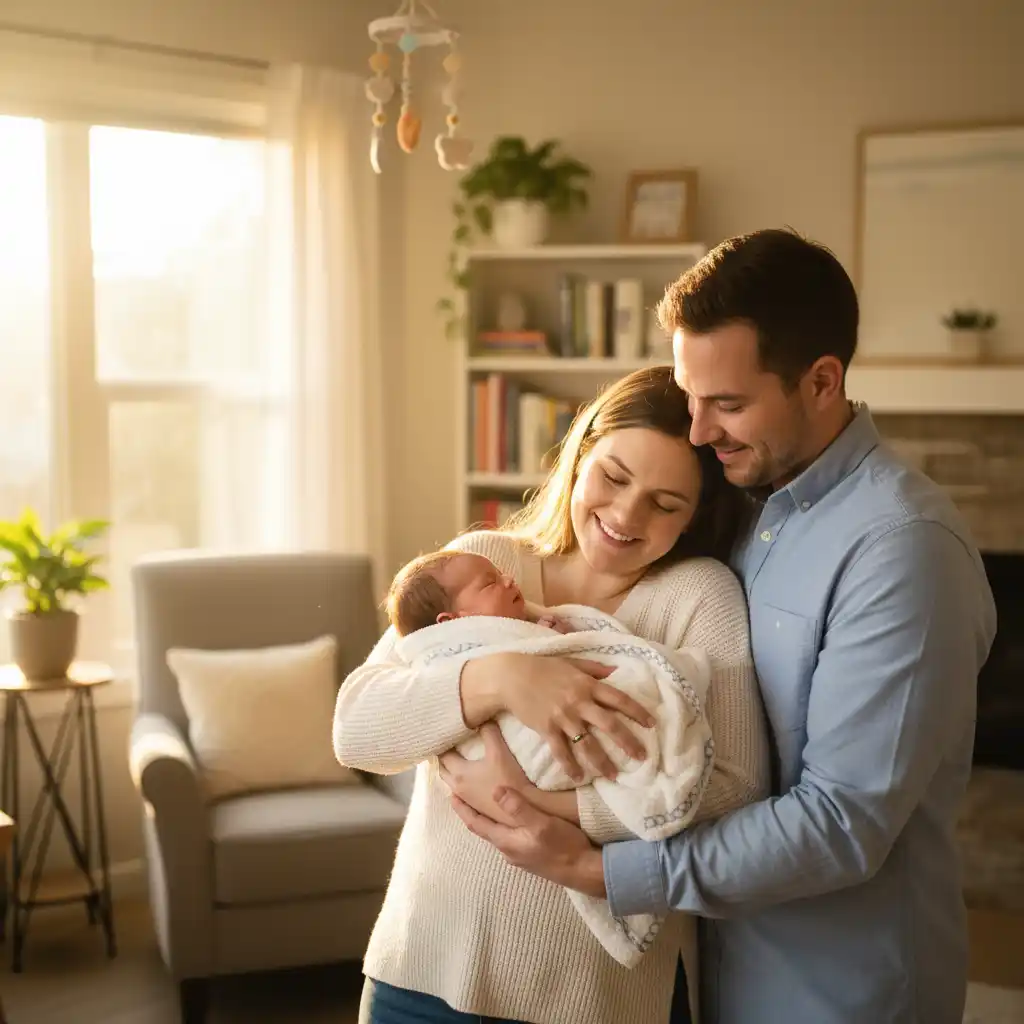
In Part 1 of this special two-part series on Voices of Adoption, hosts Donna Pope and Nathan Gwilliam interview Brett and Bonnie Hilton, whose multi-decade adoption journey encompasses domestic adoption, international adoption, and the devastating loss of quadruplets. Bonnie discovered at age 14 that she was born without a uterus, while Brett's own mother battled infertility for five years before his miraculous birth. Their story addresses the most common fears that prevent families from pursuing adoption: the cost, bonding with non-biological children, and whether adoption is truly meant to be.
Medical Diagnosis Reshapes Future Plans
Bonnie's adoption journey began at 14 when she learned she was born without a uterus, making biological pregnancy impossible. For a faithful member of the Church of Jesus Christ of Latter-day Saints, this diagnosis felt particularly isolating, as church teachings emphasized partnering with God to bring children to earth. She joined the approximately 19% of women aged 15-49 with no prior births who are unable to get pregnant after one year of trying, according to the Centers for Disease Control and Prevention, making alternative paths to parenthood increasingly common.
The condition remained private until college, where Bonnie began sharing her story with roommates, including future podcast host Donna Pope. This openness proved essential when dating, as conversations about children became necessary in serious relationships. Many boyfriends ended things after learning about her infertility, having never considered adoption as an option for building their families.
Brett's Response Changes Everything
When Bonnie finally told Brett about her condition, his response differed dramatically from others. Brett's mother had experienced five years of infertility before receiving a priesthood blessing and becoming pregnant with him. During that pregnancy, she received an adrenaline shot for hives before anyone knew she was expecting. The doctor bluntly told her the medication would either kill the baby or cause deformities, recommending abortion.
Brett's parents refused. He was born after difficult labor, bruised, and initially too unsightly for his parents to see immediately. The medical staff suggested waiting days before the first meeting. Brett not only survived but thrived, and his parents went on to have five children total. This family history meant Brett simply viewed Bonnie's infertility as another obstacle to overcome. When she disclosed her condition, he thought, "What does that matter? I liked her a lot." His response gave Bonnie hope, particularly knowing that research from 2Date4Love shows around 80% of adoptions in the United States work out successfully, with completion rates reaching 98% when all paperwork is finished.
Surrogacy Miracle Becomes Devastating Loss
After marrying in 1991, the Hilton's prayed about their path to parenthood. During General Conference in Knoxville, Tennessee, a ward member approached them with a spiritual prompting to serve as their surrogate. The couple had never considered surrogacy, and at the time, neither the Church nor Tennessee law had frameworks governing the practice.
After confirming Bonnie had functional ovaries, they proceeded with embryo transfer at one of the few clinics in the country performing these procedures. The pregnancy resulted in quadruplets born at 24 weeks. All four babies were born alive, but three died within two days. Their son Adam survived 10.5 months in the NICU on a ventilator.
Bonnie spent every single day at the hospital during those months. The medical staff expected Adam to die within 30 days given his extreme pre-maturity, but he kept fighting. They celebrated his birthday every week with a new card in his isolette. The doctors nicknamed him "crabgrass" because he refused to give up. When Adam finally passed away, the Hilton's questioned whether they even wanted to try parenthood again. Yet they decided to begin adoption paperwork through LDS Family Services, reasoning the administrative process would give them time to heal emotionally. Today, approximately 95% of domestic infant adoptions are considered open adoptions according to the Adoption Network, including some degree of contact and information sharing between adoptive and birth parents, a stark contrast to the closed systems of earlier eras.
Financial Fears Nearly Derail Dreams
Brett openly admits financial concerns dominated his thinking during their adoption journey. As poor graduate students, the $10,000 cost for their first LDS Family Services adoption seemed insurmountable. Brett was completing his PhD in family studies while Bonnie worked as a therapist at a juvenile inpatient facility. Looking back, Brett wishes he had worried less about the expenses, which pale in comparison to today's private domestic infant adoption costs that typically range between $20,000 and $45,000, while international adoption can reach $25,000 to $50,000 or more according to the Adoption Network, though various grants, loans, and tax credits can significantly offset these expenses.
He describes financial provision as money "falling out of the sky," though he clarifies they still worked hard. Instead, unexpected opportunities appeared precisely when needed. If they needed $12,000, an account would pay $12,200. This pattern repeated across all their adoptions. Their international adoption to Ukraine proved even more expensive, particularly before the Hague Convention established clearer frameworks. Yet they experienced the same provision patterns. Brett now says if he could do it again, he would approach adoption "like going to Disneyland," enjoying the process rather than drowning in anxiety.
Bonding With Non-Biological Children
One of the most common questions prospective adoptive parents ask is whether they'll love an adopted child the same way they'd love a biological child. The Hiltons address this from a unique perspective, having lost their biological quadruplets before adopting. Bonnie spent nearly a year caring for Adam in the NICU, yet she doesn't feel she loved him more than his three siblings who died within days. The depth of love wasn't determined by time together but by the relationship itself.
Their first two adopted children came home as infants through LDS Family Services. Their second two from Ukraine were ages two and four at placement, requiring different bonding approaches. Yet the love grew through service. Brett explains that serving children teaches parents to love them, whether biological or adopted. People regularly comment that the Hiltons' adopted children look just like them, even without a genetic connection. The children picked up mannerisms, speech patterns, and family characteristics simply by being raised together.
Their experience aligns with research from Angel Adoption showing that 88% of adopted children aged six and older exhibit positive social behaviors, while 92% of adoptive parents who adopted children aged five and older perceive their child's feelings about adoption as positive or mostly positive.
Divine Placement and No Accidents
Brett holds a conviction that sets him apart in adoption conversations: there are no accidents in which children join which families. This belief stems from years contemplating family formation and LDS theology about pre-mortal existence. As a child, Brett constantly wondered how he ended up in his specific family rather than elsewhere. He concluded that in family formation, we make only one choice ourselves—who we marry. The rest involves forces beyond our understanding working behind the veil.
This perspective gives Brett peace about adoption. He trusts the children who came through nine separate adoption attempts were always meant to be theirs through pre-mortal covenants and agreements. When families face challenges with adopted children, particularly older children from international adoption, Brett reminds them they agreed to this path before birth. Bonnie doesn't fully share Brett's certainty but offers her own perspective, imagining spirits saying "come on, join us, it's going to be awesome," and the children agreeing. Their family story mirrors current adoption trends, as data from the Annie E. Casey Foundation shows that of the more than 54,000 kids adopted from the child welfare system in 2021, over half were young children ages 1 to 5, with 57% adopted by their foster parents and 33% by relatives.
Multiple Attempts Lead to Four Children
The Hiltons' path involved multiple failed placements before successful adoptions. Brett remembers three or four situations where emotional preparation ended in disappointment. Each failure devastated Bonnie, who would already be invested in the child, thinking about names and nursery arrangements. Through LDS Family Services, they adopted their daughter Rebecca in 1997, just two years after losing the quadruplets. A second infant adoption followed through the same agency. Later, they pursued international adoption in Ukraine, bringing home two biological sisters ages two and four.
The couple now has four children total. Rebecca, once "a terrorist as a teenager," has become an amazing mother. Their son Isaac holds a special place as their only living son. The Ukrainian girls each bring different personalities—Esther shows fierce family loyalty while her sister maintains a more free-spirit approach. Each relationship differs, just as relationships with biological children vary. The Hilton's emphasize that people make too big a distinction between loving adopted versus biological children when the reality proves much simpler than prospective parents fear.
Part Two Coming Soon
This first part establishes the foundation of the Hilton family's adoption journey: Bonnie's diagnosis at 14 that she was born without a uterus, the miracle and loss of quadruplets through surrogacy, and their decision to move forward with adoption despite devastating grief. Through LDS Family Services, they adopted Rebecca and Isaac as newborns—experiences that felt relatively smooth compared to what would come later. Their early struggles with finances (living in a basement, wondering how to afford $10,000) and Brett's constant worry about money contrast with Bonnie's growing conviction that "the money falls out of the sky" when you're following the right path. Part 2 will explore their Ukraine adoption of two older girls, the difficult truth that love didn't come instantly with older children, the year-long NICU vigil with baby Adam, adopting Isabella knowing she would die within weeks, and their upcoming return to Ukraine as unofficial missionaries—plus their fierce advocacy for changing international adoption laws that leave children to age out into trafficking.
To hear Part 2 of Brett and Bonnie Hilton's story and discover what happened with their Ukraine adoptions, subscribe to Voices of Adoption. The podcast features real stories from adoptees, birth parents, and adoptive families navigating adoption complexities.
Follow or Subscribe to Voices of Adoption on your favorite platform:
Website: VoicesOfAdoption.org
YouTube: @VoicesOf_Adoption
Twitter/X: voices_adoption
Instagram: voicesof_adoption
Facebook: Voices of Adoption
TikTok: @voices_of_adoption
LinkedIn: voices-of-adoption
Follow Nathan Gwilliam:
LinkedIn: @nathangwilliam
Follow Donna Pope:
LinkedIn: @donna-pope-41652ba
